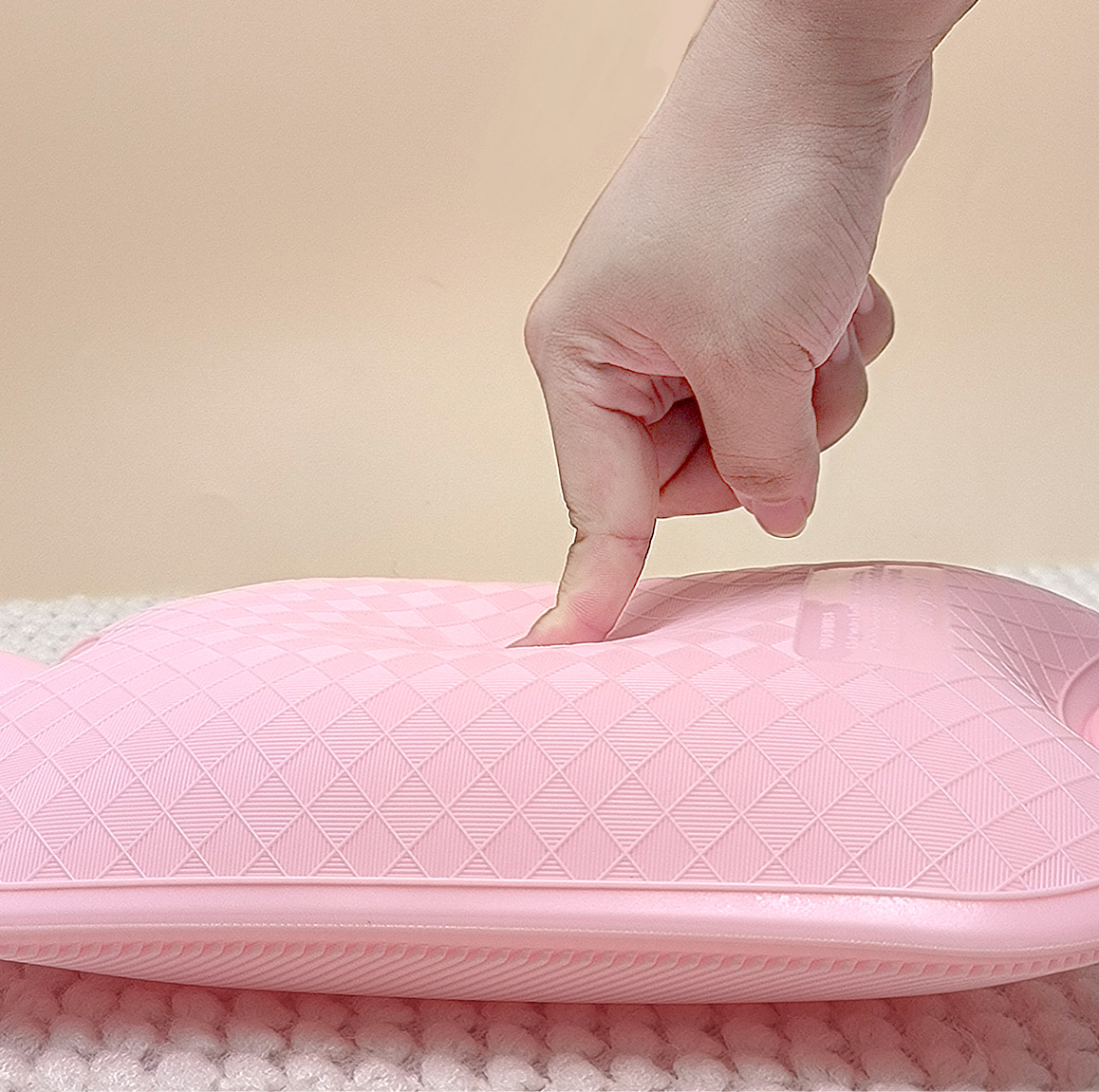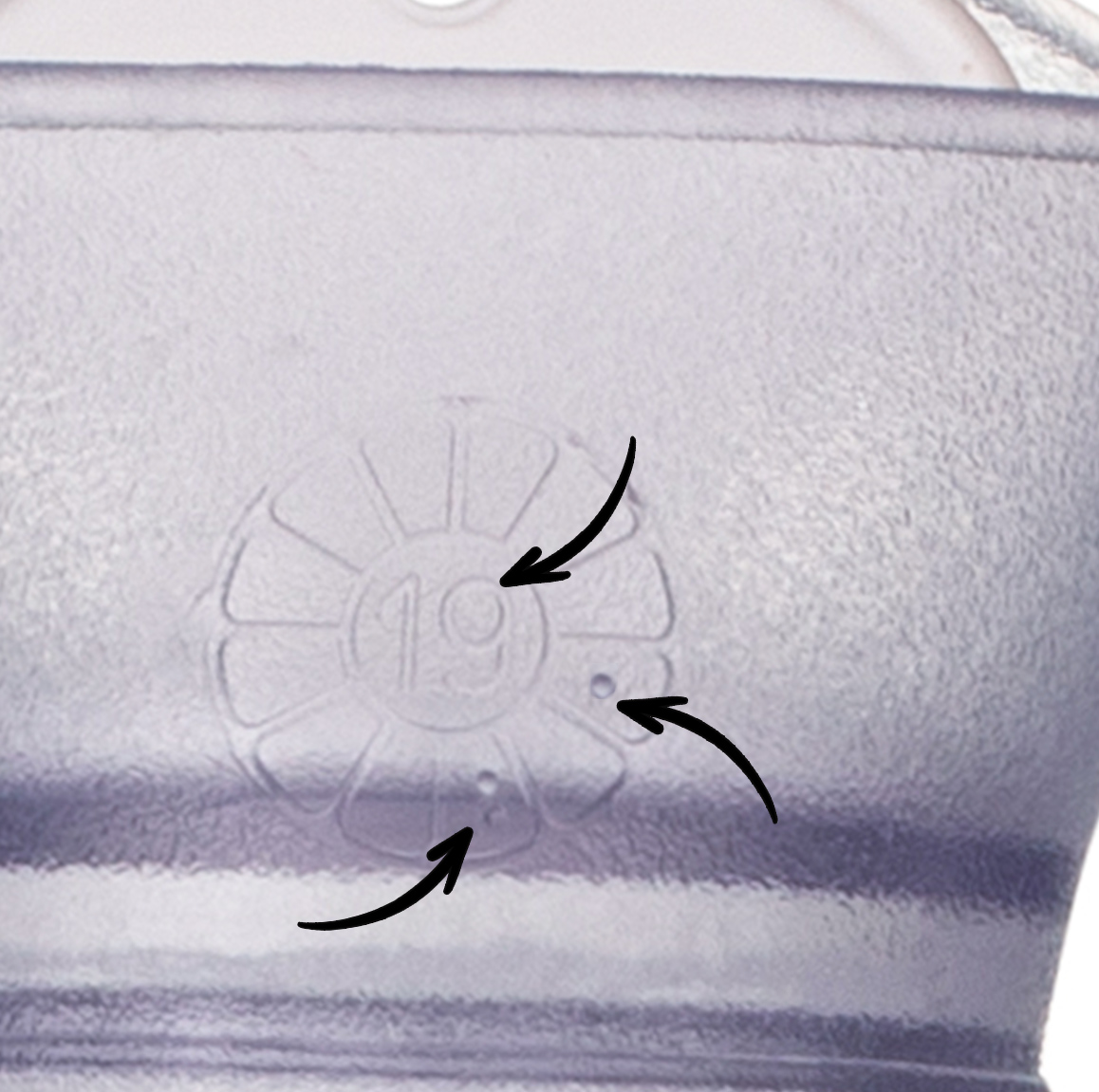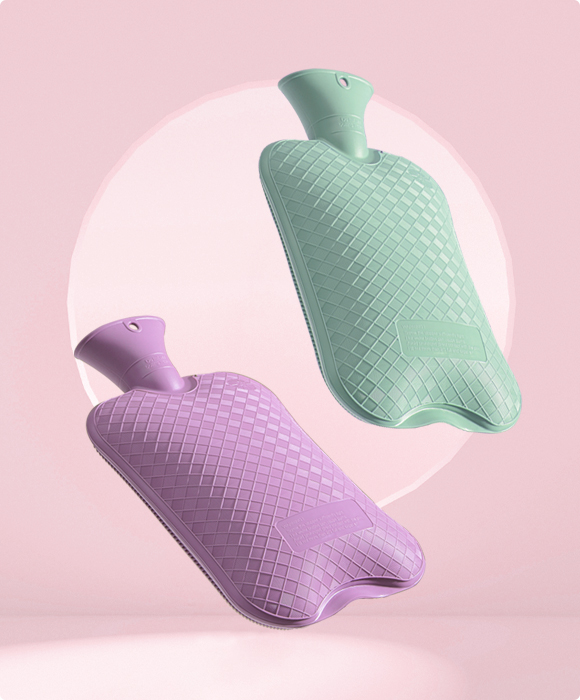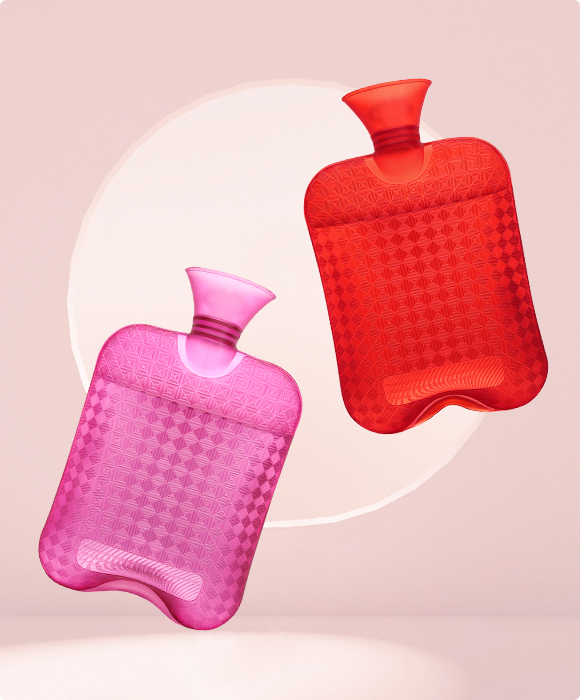
1.Introduction
2.Reasons for Bursting
3.Conclusion
Introduction
If too much hot water is suddenly poured into a hot water bottle, or if remaining air is not exhaust, the hot water bottles may burst. Additionally, sitting or lying on a filled hot water bottle can cause it to burst due to excessive pressure. Do you know why your hot water bottle might burst? This blog will delve into several reasons behind the bursting of hot water bottles.
Reasons for Bursting
1.Excess Water
According to BS 1970:2012, the water level in a hot water bottle should be limited to two-thirds of capacity. This precaution helps prevent excessive pressure buildup, which can cause the hot water bottle to swell and potentially burst under external pressure.
2.Excess Air
After filling the hot water bottle, it’s essential to exhaust any remaining air. Failing to do so before sealing the stopper can lead to a sudden increase in internal pressure, resulting in an explosion.
3.Expired Hot Water Bottle
We recommend replacing your hot water bottle every 3-5 years. Hot water bottles past their expiration date are more likely to leak or burst. You can check the production date on the bottle to determine its validity. You can refer to 《When Should You Replace Hot Water Bottle?》for more detail.

4.Misuse
Sitting or lying on a hot water bottle is not advisable, even on a bed. BS 1970:2012 clearly states that hot water bottles should not be used as cushions. They can burst under external pressure, but using them on the abdomen, arms, or legs is perfectly safe.
5.Pre-existing Damage
Your hot water bottle might already have tiny cracks that went unnoticed. When filled again, it may not withstand the pressure and could burst.
6.Repaired Bottle
Using a repaired hot water bottle carries risks. If you’ve patched a damaged hot water bottle and are using it again, this could be the issue. We advise against DIY repairs; for more details, refer to《Can You Fix Your Own Hot Water Bottle?》
Conclusion
We are outlined six potential reasons for hot water bottle explosions. Understanding these causes helps mitigate risks and ensures safe usage.

